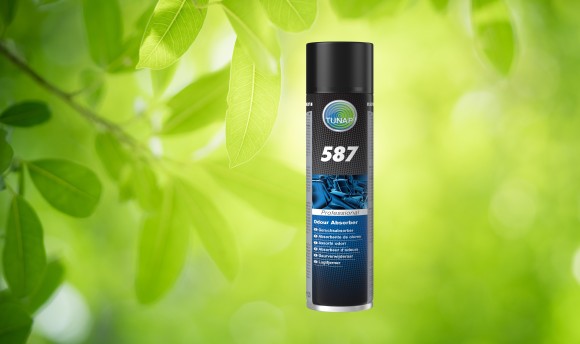Research and Development
Just Follow Your Nose: How Our Sense of Smell Works
What happens when our nose detects certain smells?

What Happens When We Smell and What
Makes our "TUNAP Odour X Technology"
So Unique
What Happens When We Smell and What
Makes our "TUNAP Odour X Technology"
So Unique
Reading time: ca. 3 min. | An article from 'Research and Development' | TUNAP Blog
What happens when our nose detects certain smells? What triggers the pleasant sensations when the scent of oranges, mown grass or freshly baked bread reaches our olfactory organ?
Why do we wrinkle our noses when we inhale the smell of rancid fish, sweat or cigarette butts?

The trigger for our different perceptions is a complex cocktail of molecules. Different types of "smelling" molecules float in the air of a room, which we inhale through our nose.
These molecules can be divided roughly into three categories: fragrances, e.g. jasmine flowers, as we know them from perfumes, food smells like onions, garlic and fat and body odours - to an extreme degree in animal odour or cat urine.
Fortunately, these odours or "smelling" molecules can be neutralised with something commonly called odour absorber. We can use a spray to distribute these odour absorbers in the room air, to selectively bind odours of a particular category.
These sink to the floor, are permanently removed from the room air and we breathe through our nose again without reluctance.

TUNAP R&D has successfully developed a modified odour-absorbing molecule. What's special is that it can permanently eliminate many types of unpleasant odours, while leaving selective pleasant smells in the room air.
This "TUNAP Odour X Technology" is our 587 odour absorber for example, and in various TUNAP interior sprays.
